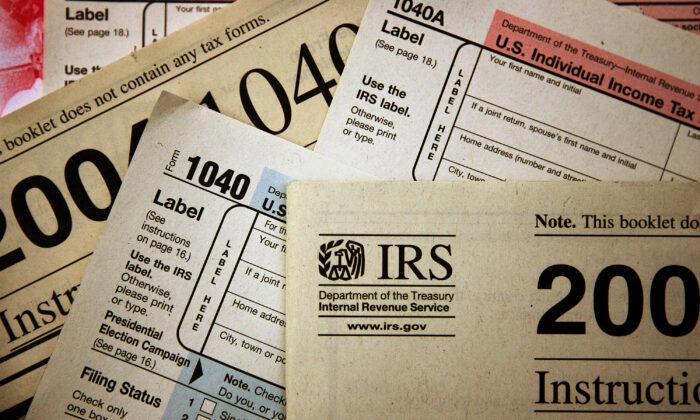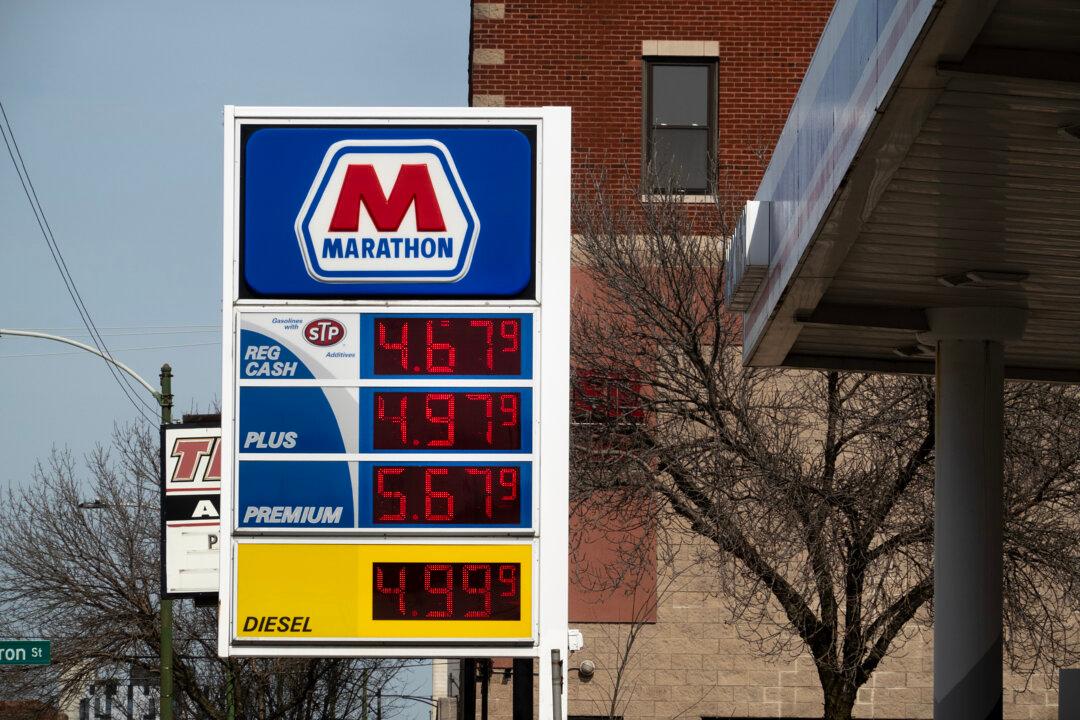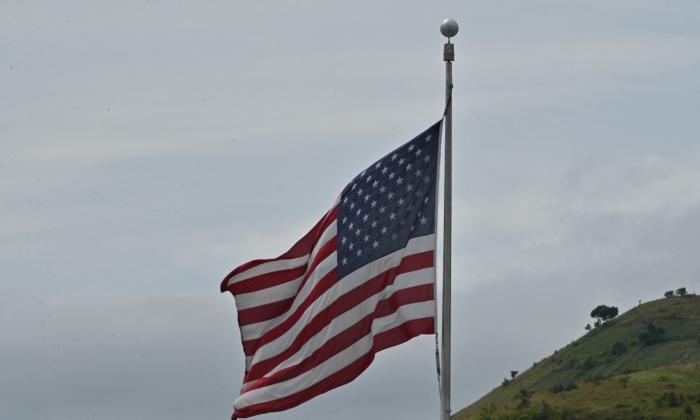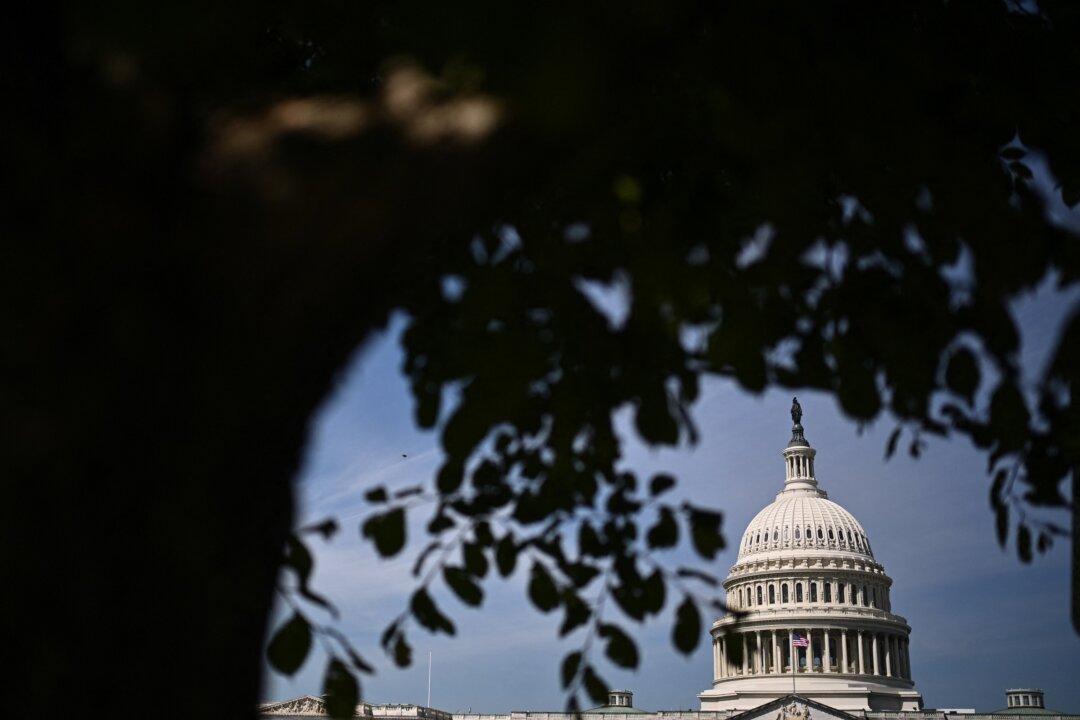When Silicon Valley Bank (SVB) collapsed on March 10, many were afraid the collapse would cause a bank run. The general public was scared. On the surface, it looked like a lot of innocent people were going to lose money. Ninety-four percent of SVB’s deposits were uninsured, meaning that 94 percent of SVB’s deposits were over the Federal Deposit Insurance Corp. (FDIC) threshold of $250,000.
SVB had also expanded rapidly in the run-up to the collapse, so the ripple effect was felt across the Unite States, even with clients of the former Boston Private Bank, now owned by SVB.
To add to the drama, as SVB was imploding, so was Signature Bank and Credit Suisse. It seemed we were witnessing a global banking collapse.
Why Did SVB Fail?
In short, SVB failed because customers requested to withdraw funds, and those withdrawals exacerbated the need for the bank to sell its assets. The bank had to cash out of stocks and bonds to cover the withdrawals. The bank’s assets were primarily bonds that had been losing value due to rising interest rates; bonds lose value as interest rates go up. SVB was facing a massive black hole of financial losses and couldn’t cover withdrawals. Almost overnight the bank became insolvent.What was really at risk? Bailing out banks to protect depositors seems noble, unless every depositor is a multimillionaire or billionaire. Was the risk merely losing billions of uninsured deposits held by billionaires and venture capital-funded companies?
While it’s not terribly hard to imagine that a specialist venture capital (VC) bank in California imploded from taking financial risks, there is another side to the story. There were other issues at play, such as progressive political agendas inside SVB which hijacked the bank’s business management processes, or the fact that the bank hired the wrong people for the wrong job and had loose credit controls. SVB, for example, issued $219 million in loans to bank insiders before it failed.
Will Taxpayers Pay for This?
Absolutely. This bailout is different from the others, and because this is different, there are different consequences and different layers to the issue.Taxpayers have suffered a loss of confidence in our banking system, and the banks have already suffered a loss of reputation. Taxpayers will also suffer from a credit crunch, which means banks will tighten their lending parameters and sometimes stop lending altogether. This is especially true with smaller, regional banks. Regional banks are responsible for most of America’s lending. In the event customers are able to get loans, taxpayers will also pay more for those loans because of higher interest rates.
There is also a substantial chance that the U.S economy will fall into a recession as a result of the credit crunch. As JPMorgan CEO Jamie Dimon recently said: “The banking situation is distinct from [the financial crisis of] 2008 as it has involved far fewer financial players and fewer issues that need to be resolved. But financial conditions will likely tighten as lenders become more conservative, and we do not know if this will slow consumer spending.”
Finally, the financial charge from the Federal Reserve stepping in to save SVB depositors will be paid by other member banks. Those charges will eventually carry over to customers. Banks will be hit with higher fees from the Fed, and those fees will be passed on to banking customers.
Was it the right move to bail out SVB and depositors? It’s a tough call. The free market is supposed to be a free market—companies will succeed or fail. Billionaires should not call in favors when they make mistakes. Maybe the Federal Reserve knew more than it let on and it had to provide credit to backstop SVB’s losses. It’s hard to tell.
But the banking bailout isn’t the only credit issue we are facing. Confidence in America’s leadership and America’s economy is very low right now. There are other fears, too: the chaos that is our southern border; losing our major cities to serious crime; the oncoming recession, and off-the-charts federal spending. These points alone can bankrupt a country.





